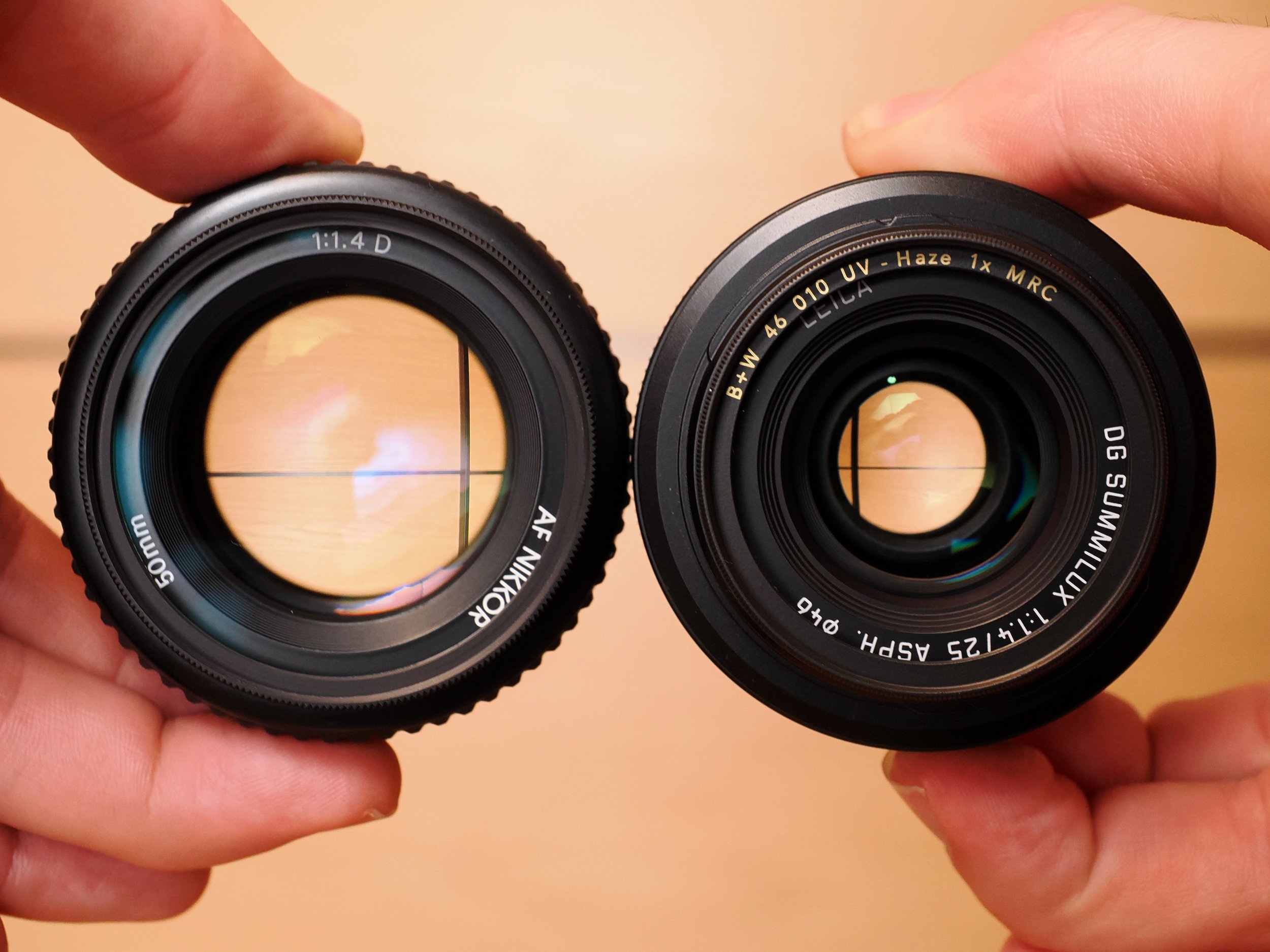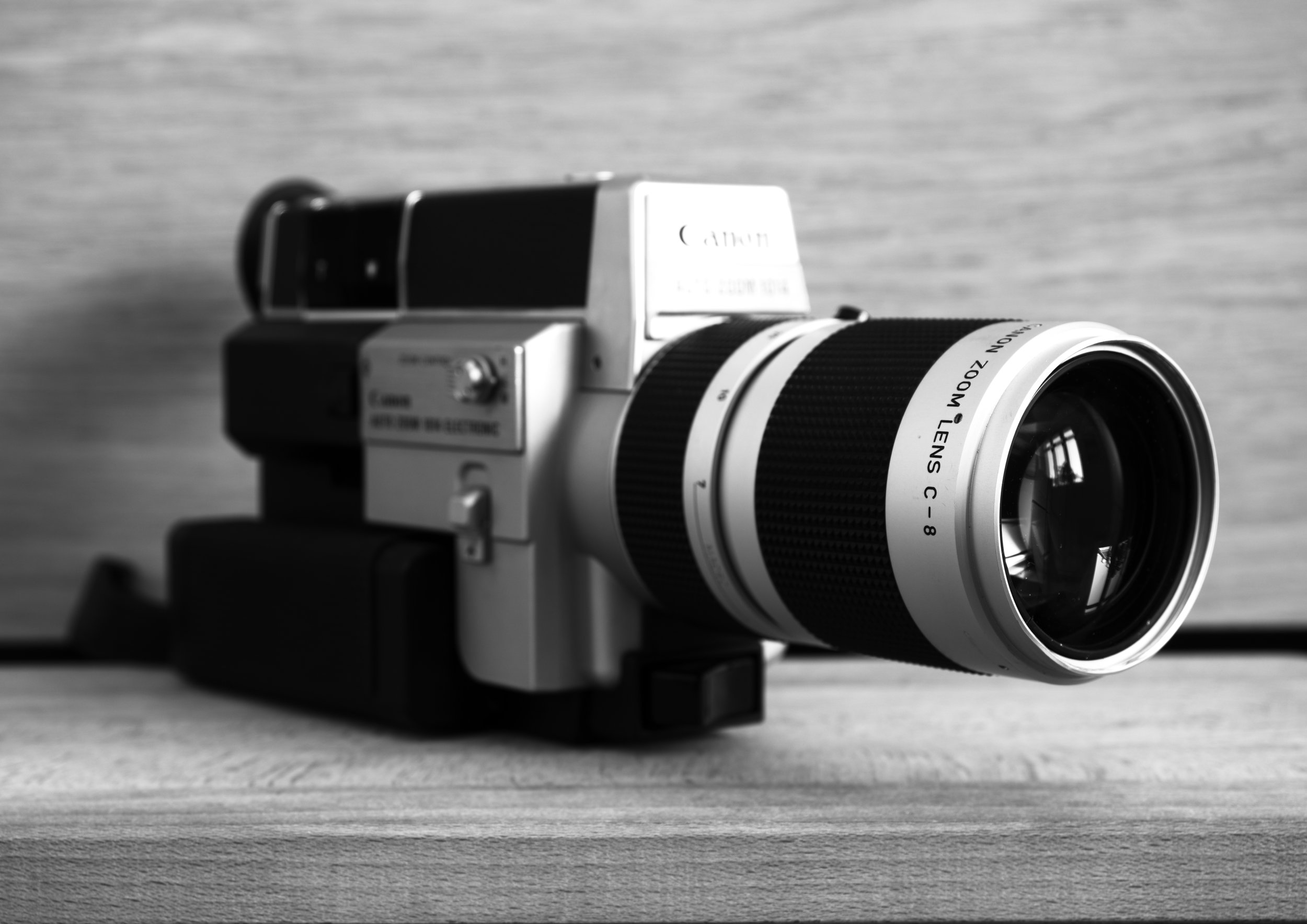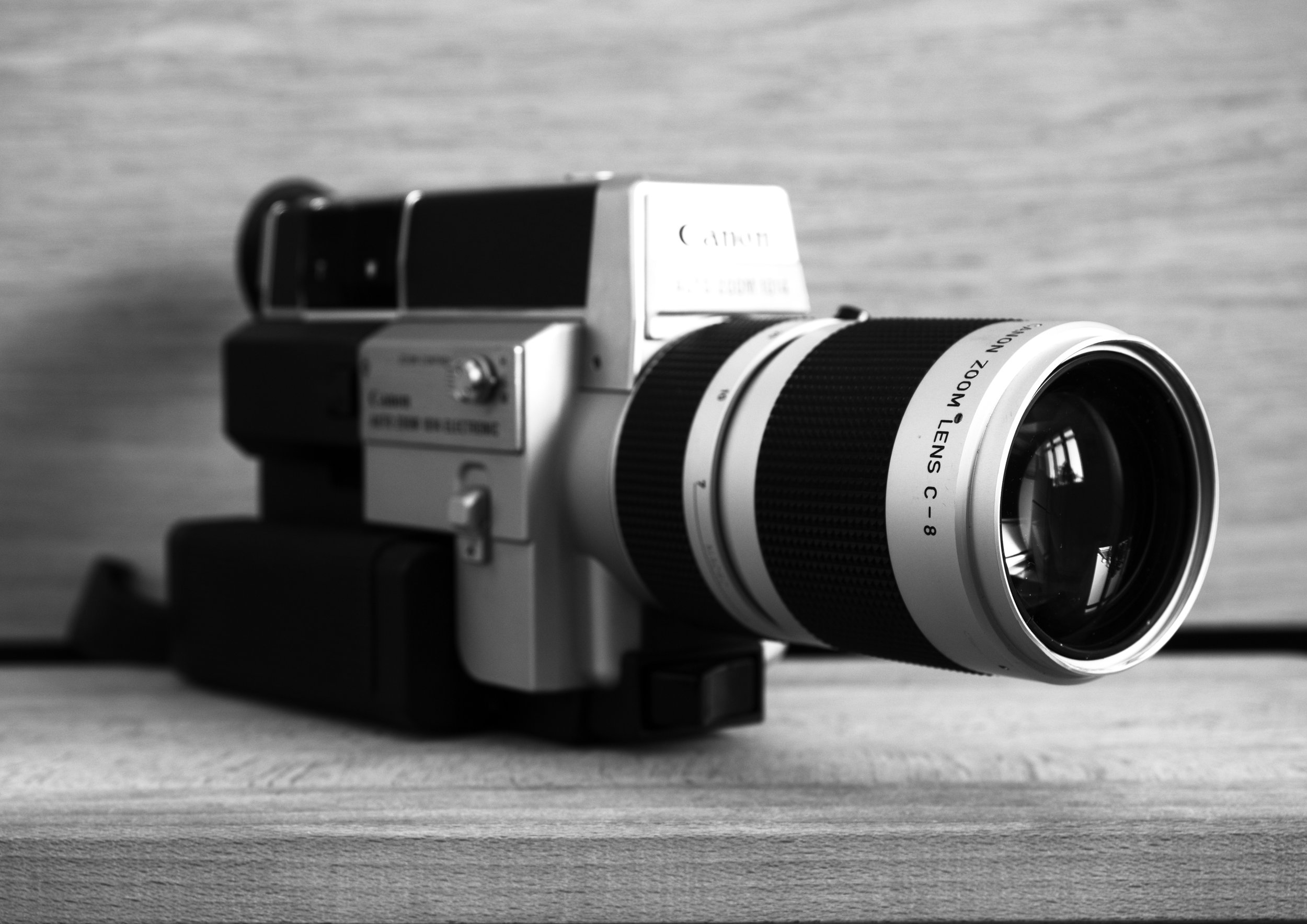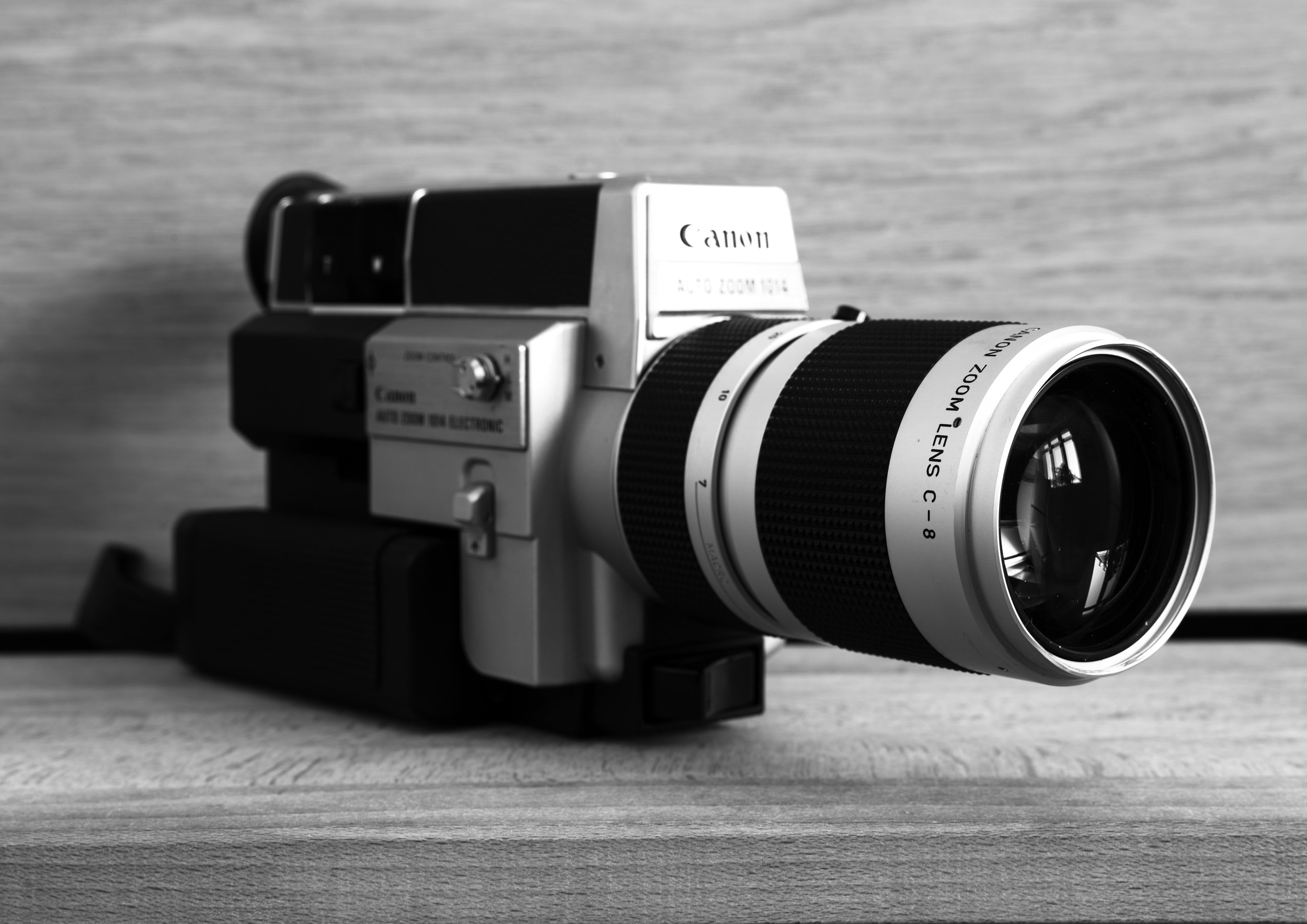Comparing Sensor Formats
Comparing differently sized recording media sounds simple in theory, but is very difficult in practice. This article aims to summarize essential concepts and highlight some pitfalls and misconceptions when it comes to equivalence and comparing sensor formats in photography.
Focal Length and Angle of View
Focal length is a measure for how an optical system focuses light.
Angle of view – sometimes also referred to as field of view – describes the angle range that a lens can image.
The angle of view a lens produces is the result of the relation between film/sensor size and the focal length of the lens.
Focal length alone is not indicative of the angle of view that will be recorded.
The focal length of a lens does not change with the size of the recording medium.
Strictly speaking, there is no “equivalent focal length” in photography, but only equivalent angle of view.
Aperture and F-Stops
The term aperture is used to describe an opening of an optical system.
In photography, aperture is indicated in f-numbers, also called f-stops, which take the ratio of focal length to effective aperture diameter of a lens into account.
As a result, the light gathering capabilities of lenses regardless of their focal length can be compared by examining their f-stops.
Every lens with the same f-number collects the same amount of light per surface unit.
Strictly speaking, there is no “equivalent f-stop” in photography.
Plane of Critical Focus & Depth of Field
The plane of critical focus is parallel to the film/sensor plane.
Depth of field describes the distance between the nearest and furthest points in a photograph that are still in acceptably sharp focus. Depth of field is therefore an almost arbitrary concept.
Depth of field varies depending on the aperture, subject distance and enlargement of the recorded image. The focal length is practically negligible.
1) The larger the aperture, the less depth of field and vice versa.
2) The shorter the focusing distance, the less depth of field and vice versa.
3) The higher the magnification of the recorded image, the less depth of field and vice versa.
Entrance pupils compared.
Light Gathering
A larger surface is able to gather more light in total than a smaller surface.
It is a wrong assumption that a lens with the same f-number collects more light per surface unit on a larger sensor than on a smaller sensor and vice versa.
Additionally, the sensitivity to light per each surface unit does not change with the total size of the recording medium.
In other words:
A lens with an f-number of 1.4 collects the exact same amount of light per surface unit regardless of the total recording medium size.
Photographic film with ISO 400 is as sensitive to light in a large format camera as it is in a small format camera. If this would not be the case, a photographer would have to set different exposure parameters depending on the film size – which is obviously not the case.
Sensor Size & Image Quality
General Statement
Under the same circumstances, larger camera system will provide better image quality than a smaller camera system.
Size : Image Quality = not linear
The image quality does not increase linearly with sensor- and/or lens size. In reality, a camera system double the size does not provide double the image quality.
This includes parameters like resolution, noise performance, dynamic range and more.
Third - With increased size, the relative and absolute improvements diminish.
Display Media – The “Big Equalizer”
As display media drastically limits the reproducible image quality, the output of a smaller camera system and a larger camera system are in most cases factually indistinguishable.
(Click on the images below to download them)
Remark #1
Depth of field is not related to focal length.
A lens with the same focal length produces a different field of view when used with differently sized recording media.
A smaller recording medium requires a shorter focal length than a larger recording medium and vice versa to get the same field of view.
Comparing two lenses with the same f-number and different focal lengths, the lens with the shorter focal length has a smaller entrance pupil.
This is the reason why a small format camera with a shorter focal length produces more depth of field than a large format camera with a longer focal length at the same angle of view and at the same focusing distance.
Remark #2
On average, a recording medium with a larger surface can record more detail and exhibits less grain/noise than a smaller recording medium.
In digital photography, this is mostly because it is easier to design a bigger image sensor with favorable qualities.
In film photography, this is mostly because grain is enlarged less when the overall surface area of the film is bigger. Therefore, less grain is visible in the final image, leading to higher image quality.
In general, it is easier to design and produce lenses for larger film/sensors.
In theory, if the absolute best technology is used to design a large photographic system and the same technology is also used for a small photographic system, the larger one would outperform the smaller one in terms of image quality.
In practice, the different design choices that have to be made and technological differences mean that a bigger system is not necessarily “better” than a smaller system.
Conclusion
It is impossible to “create” perfect equivalence for the sake of comparing different camera systems.
Most contemporary camera systems provide sufficient image quality for all practical purposes.
The usability of a camera system therefore depends on its size, weight, agility, reliability and flexibility, rather than on image quality.




